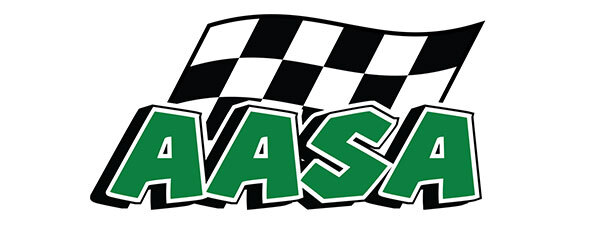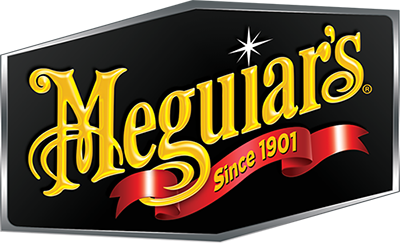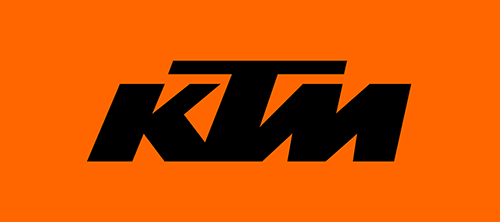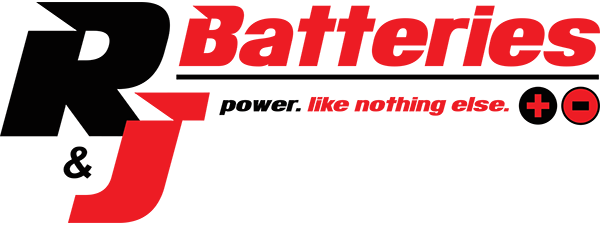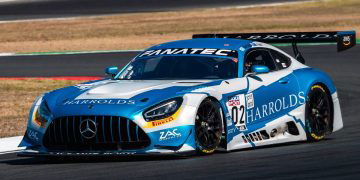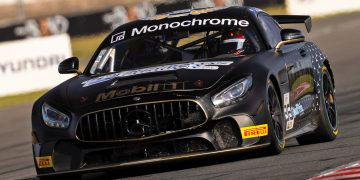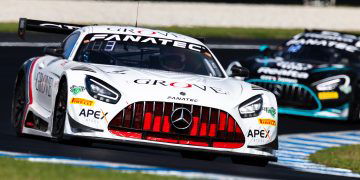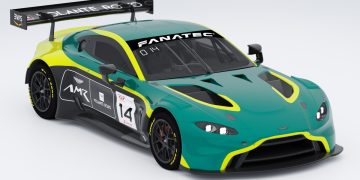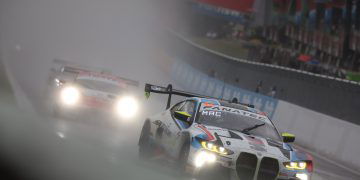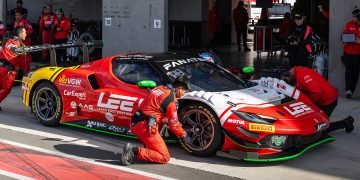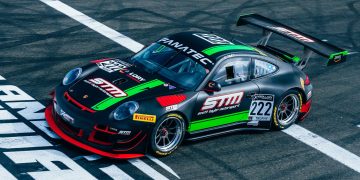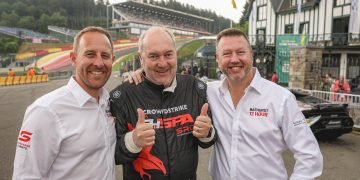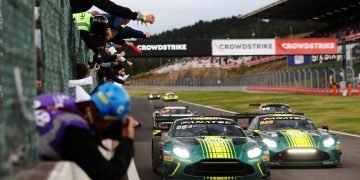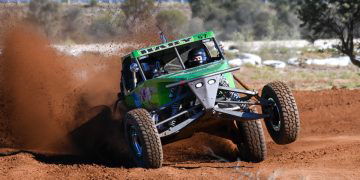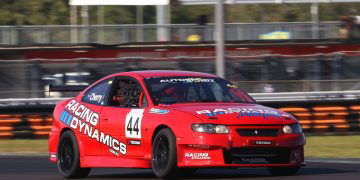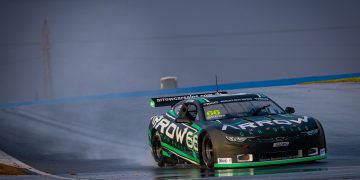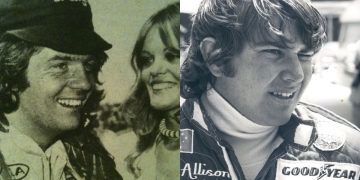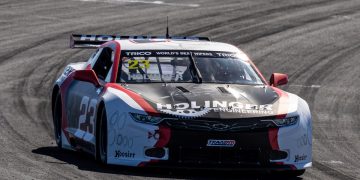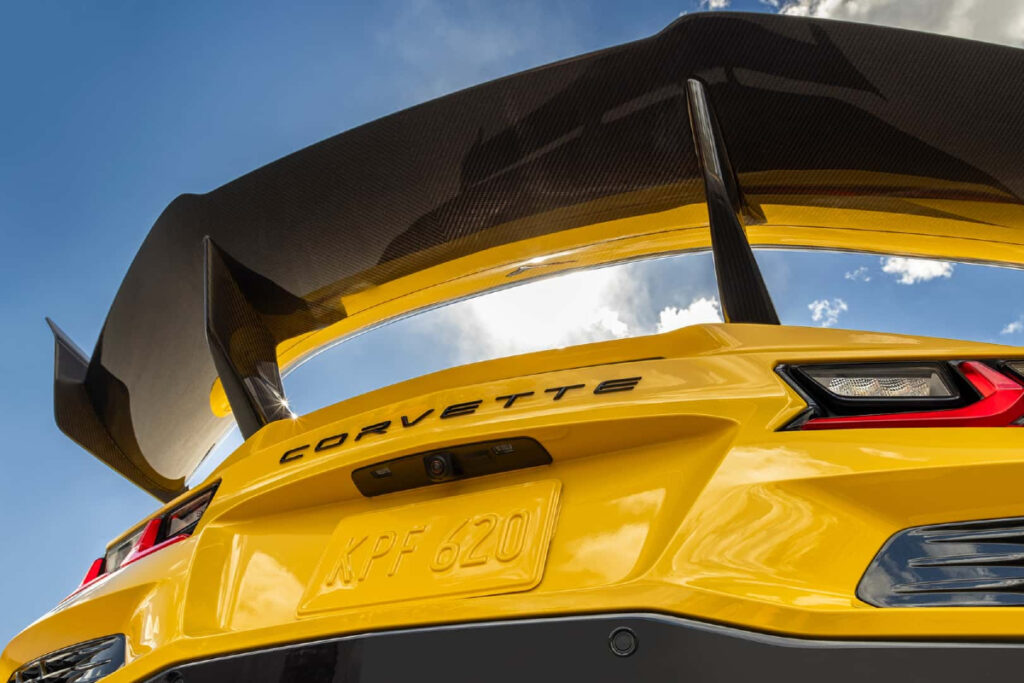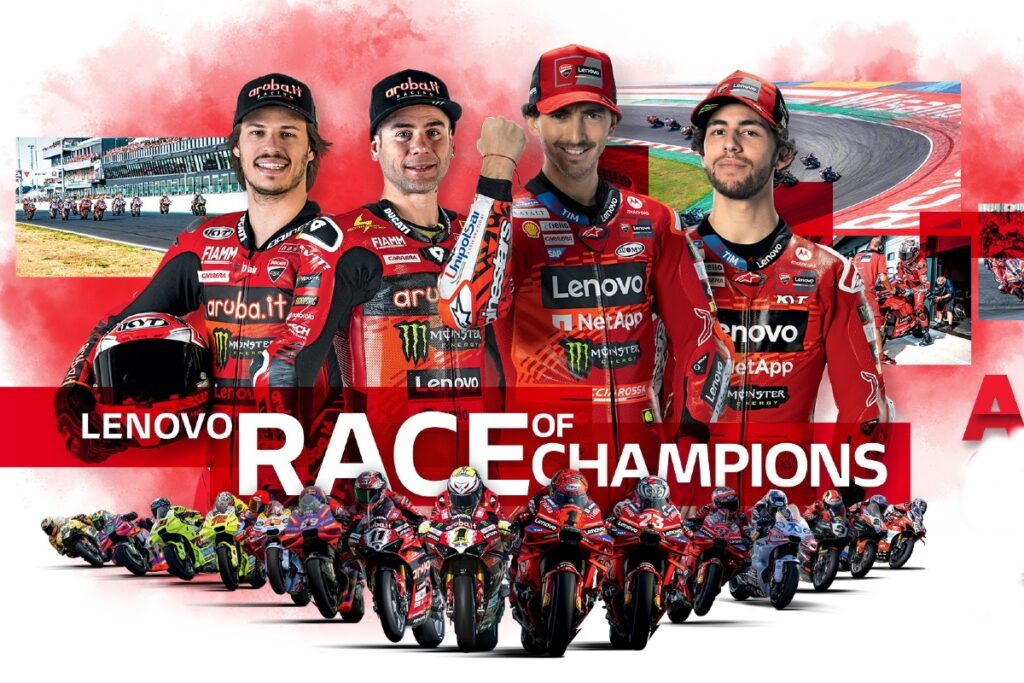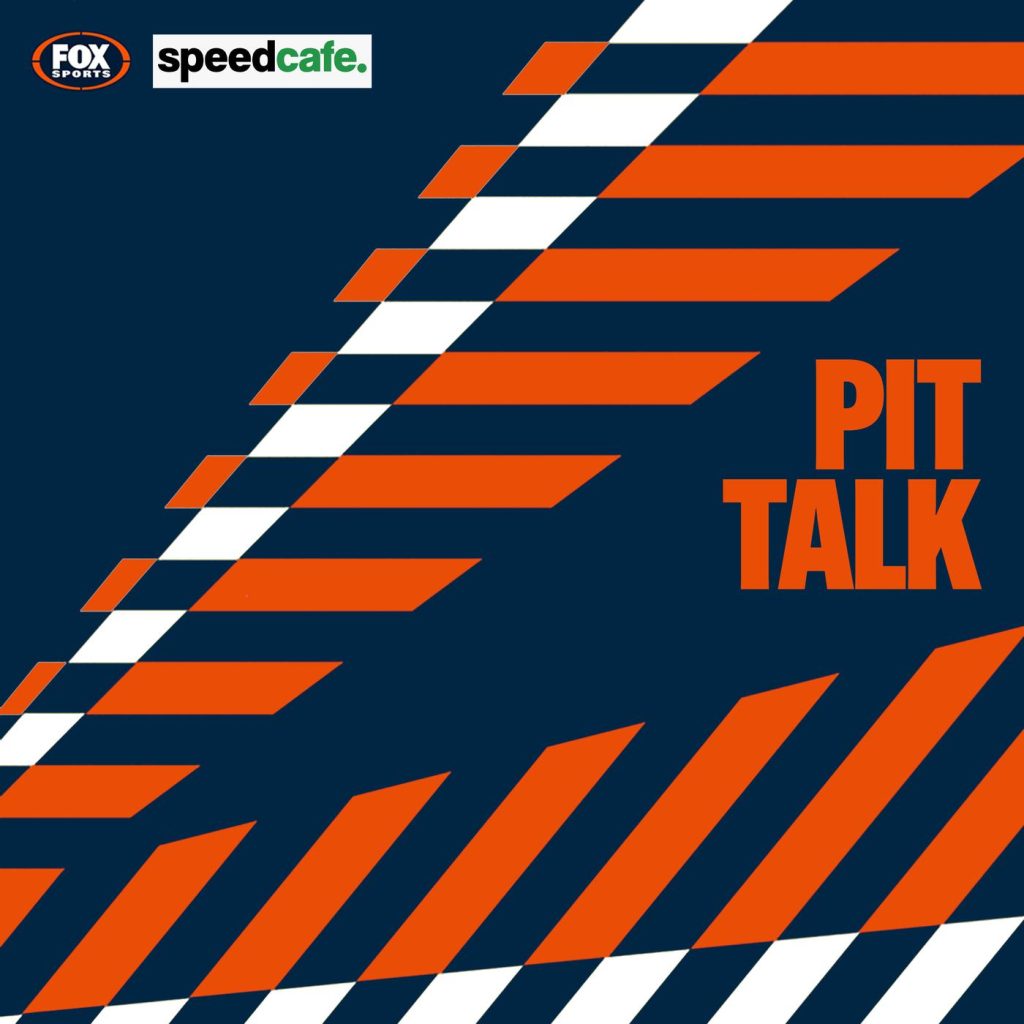
Adrian Burgess is confident Supercars has the tools to make engine parity a non-issue when Gen3 enters the championship.
Whereas all cars currently run 5.0-litre motors, there will be different Ford and General Motors products at play when the next-generation Mustangs and Camaros debut, at this stage in mid-2022.
It's generally accepted that factors such as top speed will be fairly straightforward to mirror between the two, with any concerns raised more so relating to lower speed performance and torque curves.
Burgess though is adamant parity will be very achievable, with the help of international engine specialist Ilmor.
“Look, I wouldn't say it's challenging, there's enough tools within the engine, with air restrictors, cam timing and ignition timing, fuel timing,” the category's head of motorsport told Speedcafe.com.
“There's plenty of things and tools that we've got, between us and the manufacturers, to manipulate the curve.
“We want to make sure that we've got engines that drive well, are not too peaky, they give the driver good driveability.
“So we're certainly not stressed about it.”
Throughout, Burgess has maintained manufacturers and the designated engine builders – Mostech Race Engines for Ford, and KRE Race Engines for GM – will be given the freedom to hit set-out targets however they see fit.
“It's not for us to dictate to them ‘we want this cam profile or this cam profile',” Burgess said.
“Manufacturers want to build their engines how they see fit and how they believe is going to be reliable for their brand.
“The last thing they want us to do is dictate to them how to build it and then they go and have reliability problems and it looks bad on them.
“We're working with them very corroboratively but there's nothing that has shown itself that we're sitting here worried that we won't be able to paritise.”
The Gen3 GM engine has now thrice tested at Queensland Raceway aboard a TA2 race car, while Ford homologation team Dick Johnson Racing has admitted to having a slight “headstart” thanks to years of product development.
Asked why the need for two very different engines at a time of increasingly identical parts, Burgess said: “It's not about that.
“What we're showing people is, and what we will show people is, we can paritise varying different engine configurations as long as we've got the tools available for us to do it.
“Our parity process, I think we have shown, we've got pretty good.
“We've got five engine builders at the moment and they all do it slightly differently from each other, so with the tools we have got at our disposal, we're confident we can paritise the engines once they are given to us.”


